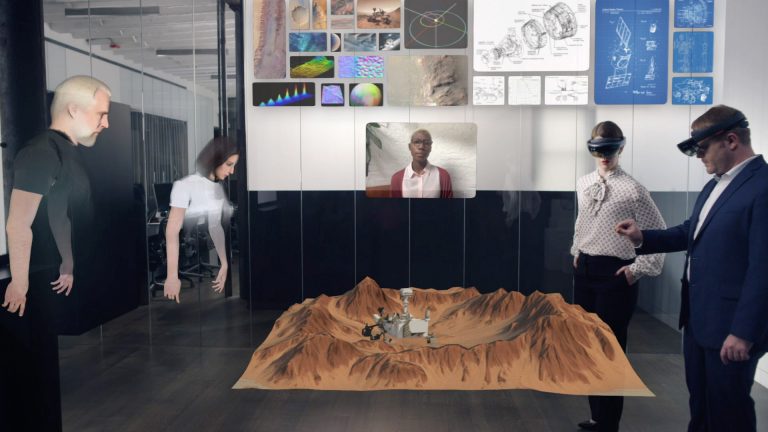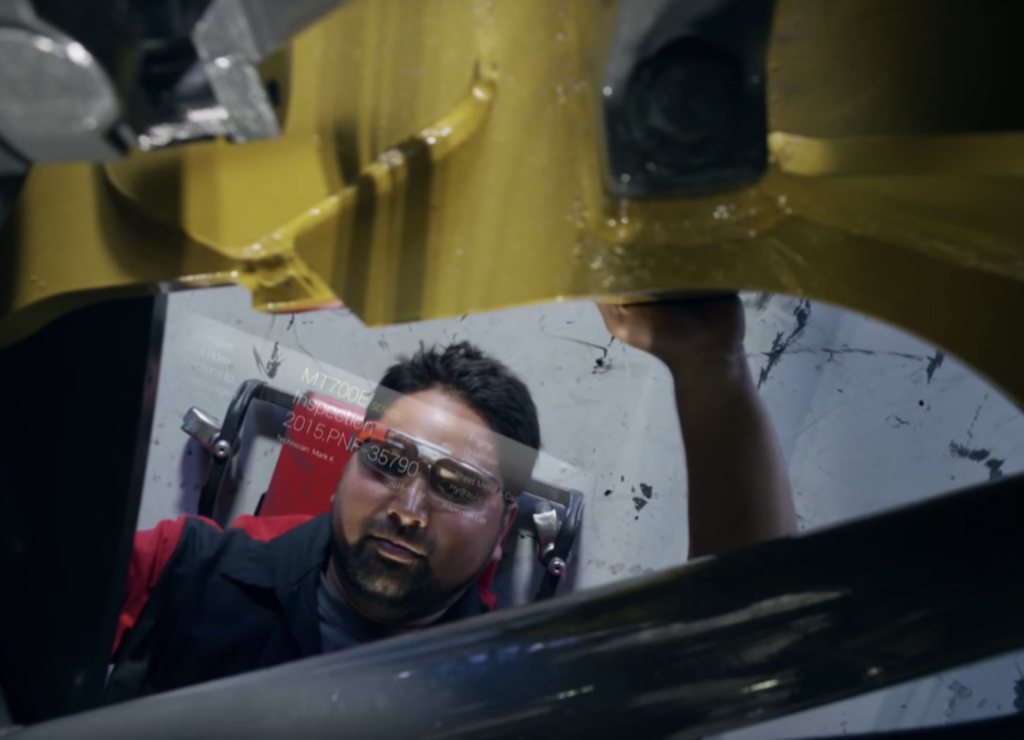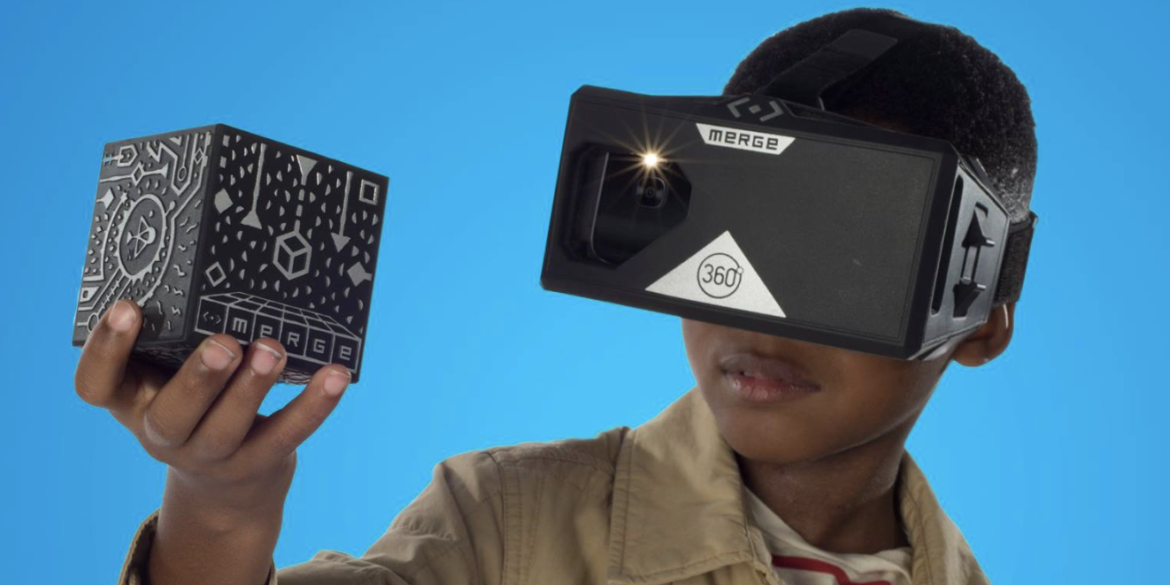We have all seen the movies. The high-tech government agency full of floating screens, holographic data zooming past the main character as he waves his fingers around in the air to move pages around. The military unit of the future doing combat training with virtual reality (VR) headsets. Spaceships where the crew uses VR to take mini-vacations or recreate scenes of earth.
And, we have all seen reality—that is, virtual and augmented reality in today’s world. Instead of sunny VR vacations, we have goofy inventions like Google Glass and people literally walking off cliffs in attempts to catch Pokémon.
Needless to say, the “reality” of VR and AR use has been quite different from what we’ve envisioned in science fiction.
Despite the initial…mishaps…of VR and AR, the future still looks promising. These technologies are slowly but surely evolving beyond simple media and entertainment. The VR and AR industries have begun their roles in moving society forward.
Education
For most countries, the education system is in constant need of innovation and improvement and the schools of today are ripe for a technology revolution. Schools that lack the funding to undertake hands-on projects in physical labs can use VR and AR to achieve the next best thing—an immersive experience that allows the student to interact with concepts in a highly visual and tactile way.
For example, the MERGE Cube, allows the user to hold and interact with virtual objects. Bringing lesson plans to life in the classroom, lab, and library supports active learning and content creation.

Pilots have been using flight simulators for years to supplement their real-world training. In some militaries, pilots may log dozens of hours in a flight simulator before ever stepping foot in a cockpit.
Other industries are making the same strides in boosting their training programs with VR/AR. Walmart is using VR to train their employees on various tasks. Even the medical field is using VR, but not in the way you would think. Instead of practicing virtual surgery, VR has been used to teach health professionals empathy.
Social
One of the biggest contradictions in technology today is that it connects us to the world while isolating us from each other. Everyone has had those situations where you are sitting with friends and every person at the table is looking down at their phones.
What if technology could fix the problem it created through VR? Facebook’s purchase of Oculus could be one indicator that social VR environments are in our future. Geographically separated friends or family could meet in a common, immersive virtual space.
Something similar is already happening in the business world thanks to Spatial. This tech company is taking video conferencing and screen sharing to a whole new level by using AR—projecting whiteboards, slides, notes, 3D models, and even avatars of presenters into the three-dimensional space of the conference room.
Spatial is a promising example of what the world could be like through the effective application of these technologies. Looking at how much social media has already impacted the world, imagine what social VR/AR could do.

Google Glass
Yes, Google Glass is back from its 2013 disaster, but it’s no longer being marketed to the average consumer. Instead, Google may have found their niche in large enterprises. Advertised as “A hands-free device for smarter and faster hands-on work,” Google Glass has marketed its technology to benefit industries that conduct technical, physical work. Manufactures, mechanics, and others who need to reference checklists while doing their jobs can use the AR provided by Google Glass to put critical information into their field of view while on the job.
This idea can easily be implemented in other aspects of everyday life. A heads up display for your car that projects information onto your windshield, a cooking recipe displayed in the air over your stove as you cook. The possibilities are endless.
Virtual and augmented reality may have had a shaky start and the technology may seem to mostly be used by the entertainment industry right now. However, every day, we get one step closer to living in the science fiction movies of our childhood as innovators continually find new ways to augment our lives. Before you know it, VR and AR will be as ubiquitous to our lives as cars and cellphones.



